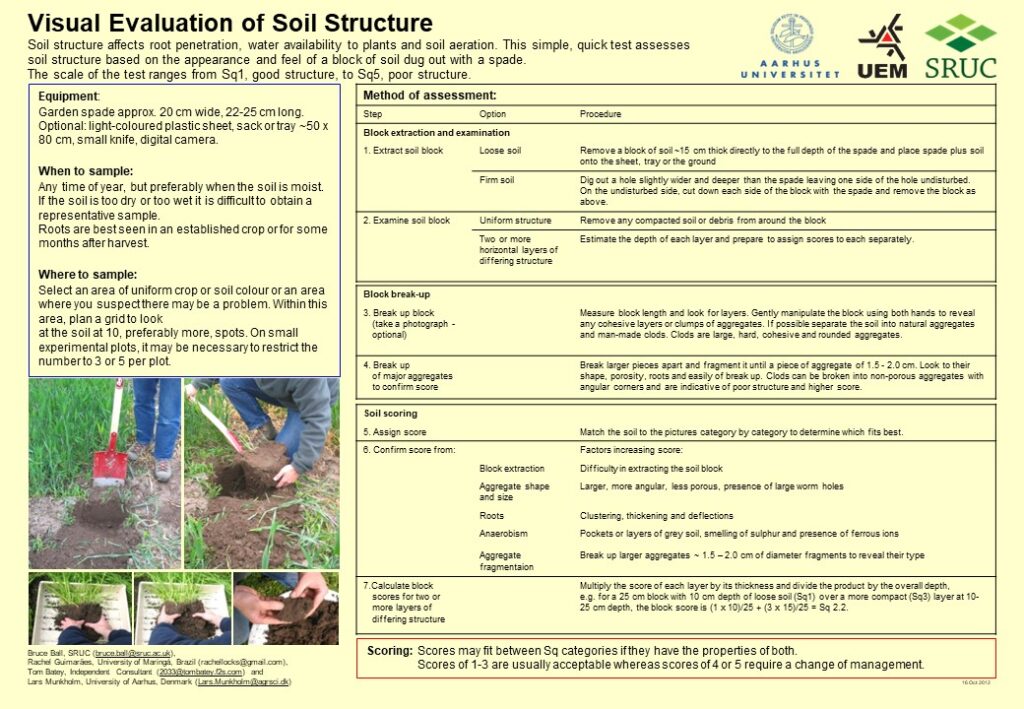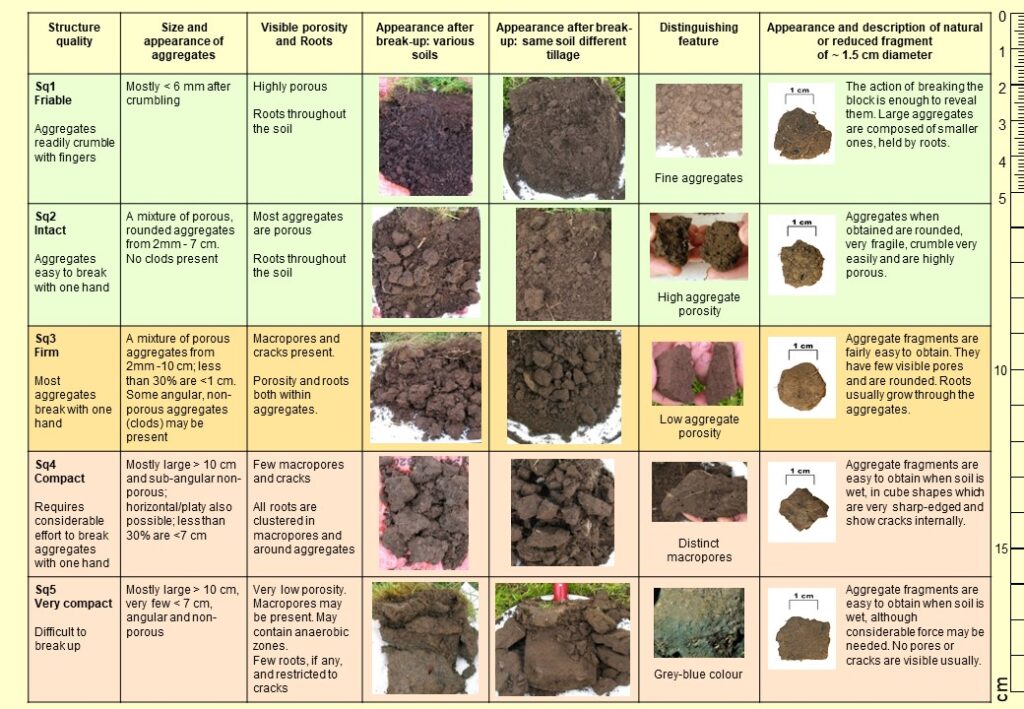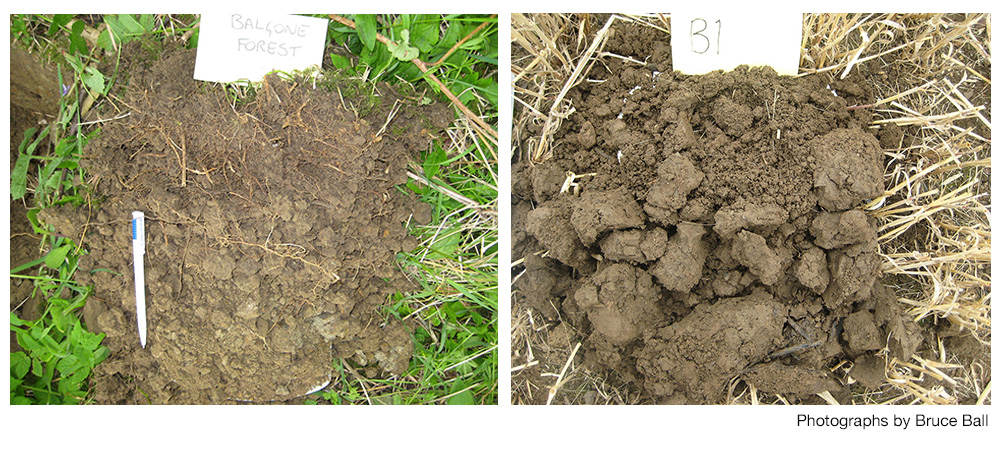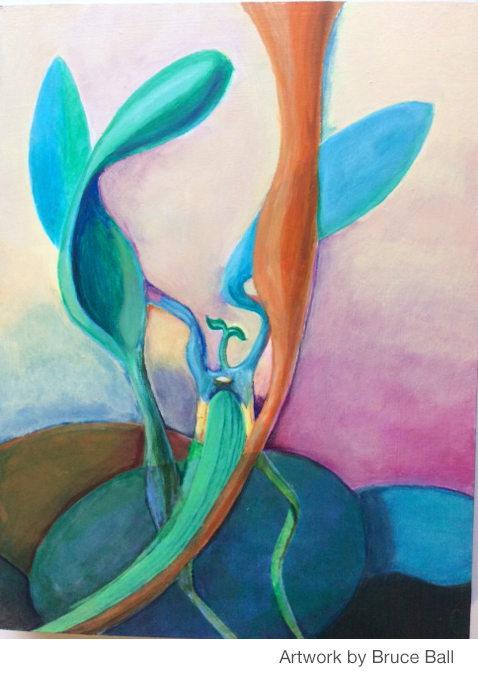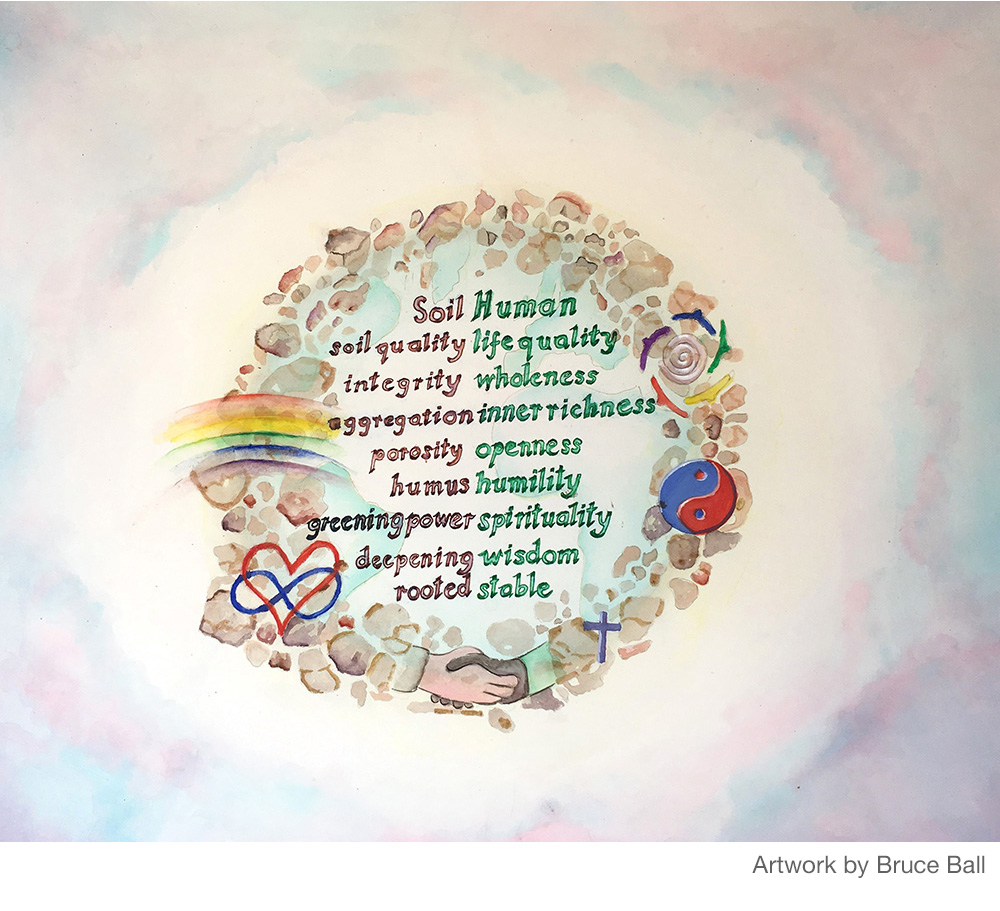Shades of humus and botanical leavening
If you are in Cahors, Occitane this month, you should not miss this exhibition Nature Under Screen – Nature au crible – by Pascal Levaillant and Roselyne Corblyn, hosted by Cahors Juin Jardins [1] and held 1 to 31 March [2].
If not, then here are some of their works – see more via the links below.
Pascal and Roselyne are artists-botanists who form the Leveillant-Corblin collective [3].
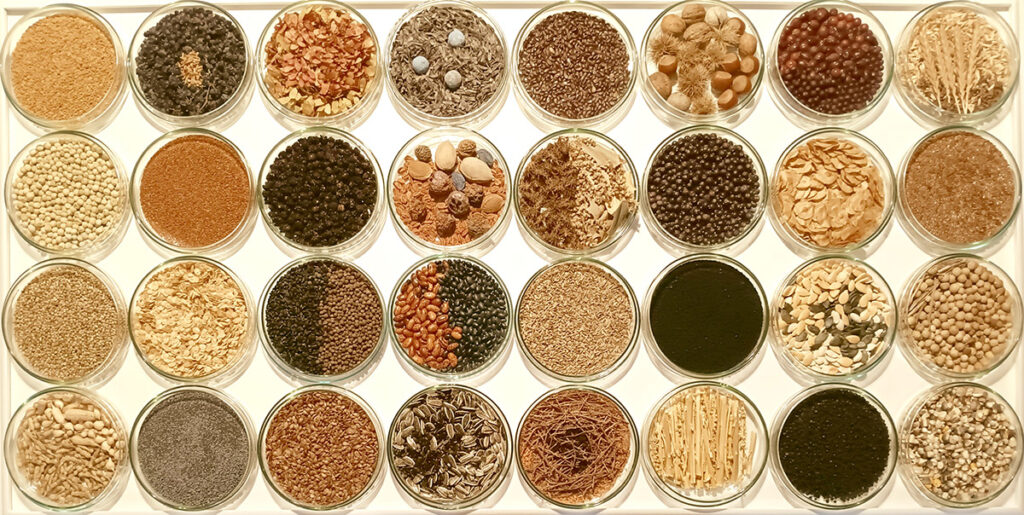
Seminotheque graines du Quercy, 2024 Cahors
From the press release … “Cahors Juin Jardins welcomes the Norman duo Corblin-Levaillant (aka Roselyne Corblin and Pascal Levaillant) for an installation of contemporary herbaria which announce Spring already! Based on the annual theme of June Gardens Humus Miraculum, the duo of artists deploys all their botanical knowledge starting from humus, a miracle substance, down to the seed, exploring biodiversity in France for over a decade.”
“Both botanical artists stopover in Cahors, nourishing their exhibition with literary references and botanical (Gaspard Koenig; Marc-André Selosse, Patricia Touyre, Anne Cauquelin…) and offering several artistic and botanical pieces with poetic names (Botanical surveys, Compost escapes, Seminotheque outings…) to pay homage to the miracle of humus. To be discovered in the hall and the garden of the Chai.”
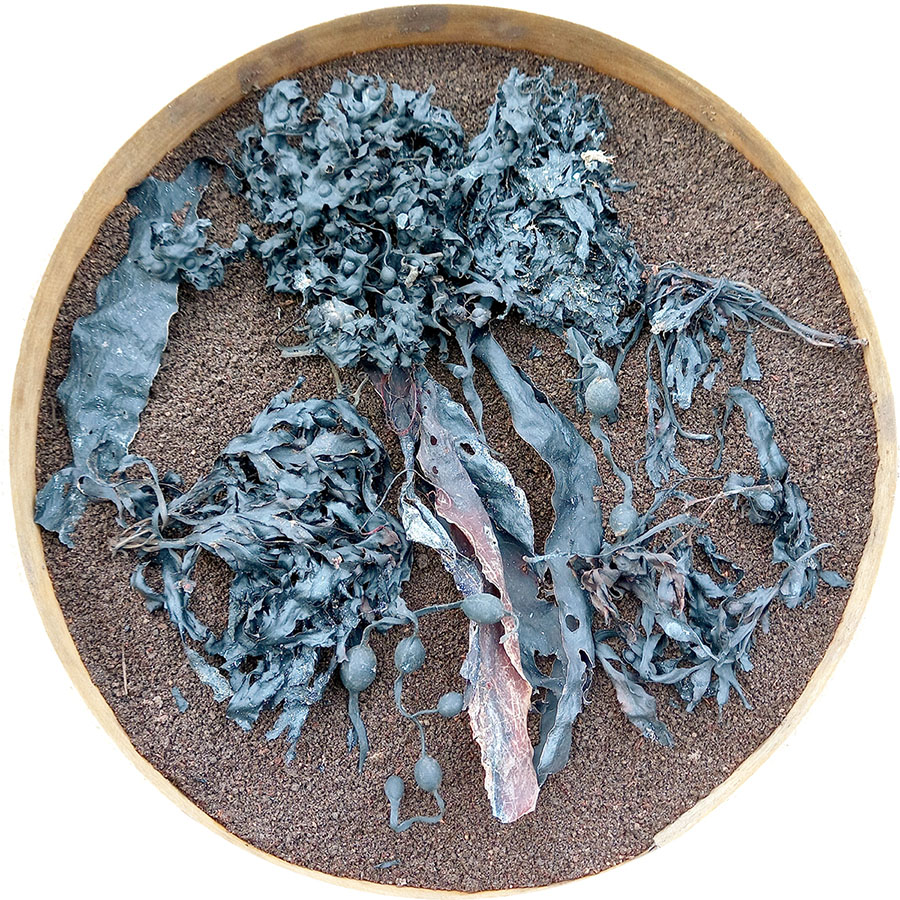
Aigues et humus
Sources | Links
[1] Cahors Juin Jardins (June Gardens): web site not accessible 3 Mar 2024, Fb, Instagram. There’s lots going on – see Cahors and the Lot Valley, Land of Festivities
[2] Press Release: JUNE GARDENS EXHIBITION | NATURE UNDER SCREEN Shades of humus and botanical leavening. Corblin-Levaillant collective, visual artists-botanists, LE CHAI (youth hostel – 52, avenue André-Breton in Cahors) From March 1 to 31, 2024 from 10 a.m. to 12 p.m. > 2 p.m. to 6 p.m.
[2] More images from Levaillant-Corblin and further background to their exhibition at: Collectif artistique Corblin Levaillant 76; more at Contemporaneites de L’Art and Apples and People web.
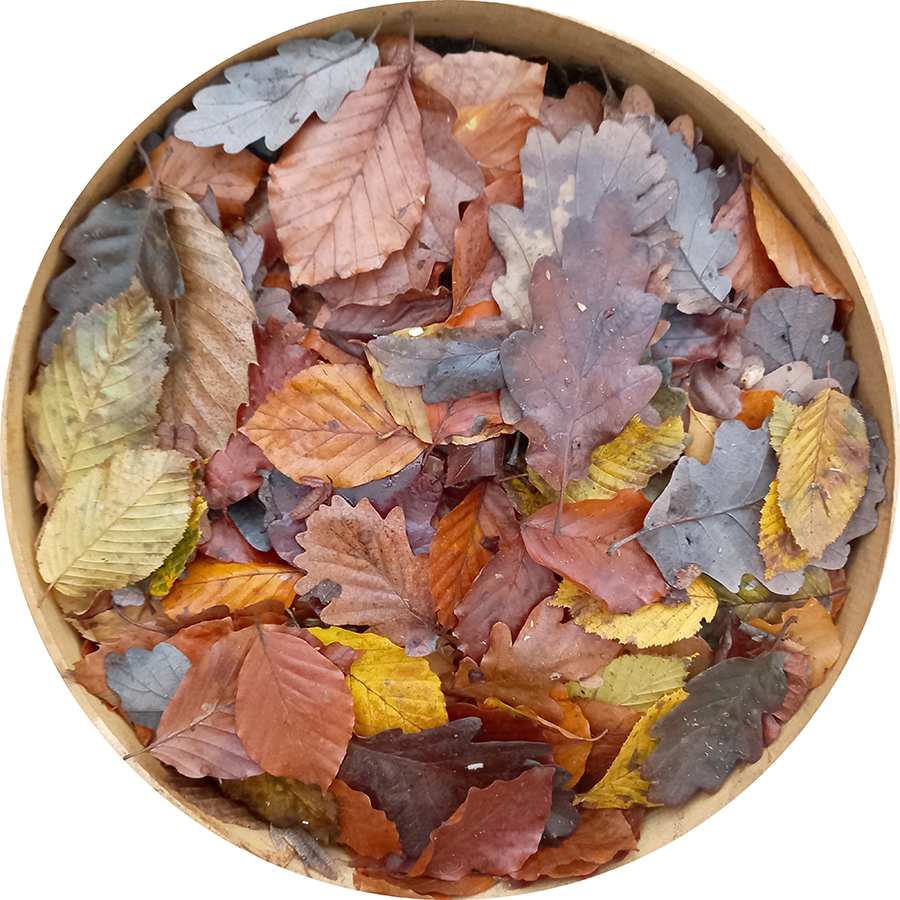
Litiere forestieres feuilles chene hetre charme Foret de Roumare 2023
Ed: many thanks to Pacal and Roselyne for sharing details of their exhibition in Cahors and sending the images shown on this page. Here’s to Humus miraculum, and all things botanical!

